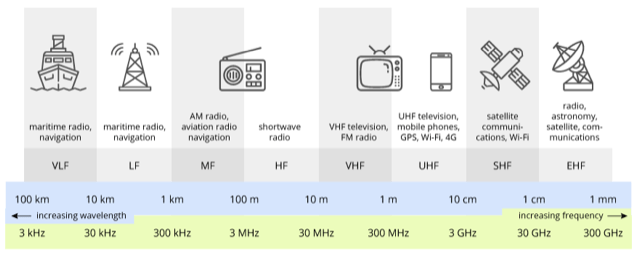UPSC Articles
Indian Railways Gets 5 MHz Spectrum
Part of: GS Prelims and GS -III – Infrastructure
In news
- Recently, the Union Cabinet approved the allotment of 5 MHz spectrum in the 700 MHz frequency band to the Indian Railways for improving its communication and signalling systems.
- Railways has also approved a indigenously developed Train Collision Avoidance System (TCAS).
- The target of the project is to complete in five years
- It is estimated to cost over Rs. 25,000 crore.
- The spectrum charges will be levied based on formula as prescribed by Department of Telecommunications for Royalty Charges and License Fee for captive use as recommended by the Telecom Regulatory Authority of India (TRAI).
- With this spectrum, the railways will introduce Long-Term Evolution (LTE)-based Mobile Train Radio Communication (MTRC) on its routes.
- LTE is a fourth-generation (4G) wireless standard that provides increased network capacity and speed for cellphones and other cellular devices compared with third-generation (3G) technology.
Benefits of the allotment
- Provide Modern signalling and train protection systems
- Secure and reliable voice, video and data communication
- Help prevent train accidents and reduce delays
- Enable the railways to undertake Internet of Things (IoT) based remote asset monitoring
- IoT is a computing concept that describes the idea of everyday physical objects being connected to the internet and being able to identify themselves to other devices.
Train Collision Avoidance System (TCAS)
- It is a microprocessor based control system, which continuously monitors the speed, direction of travel, and alertness of the motorman.
- It will help in improving the safety and increasing the line capacity to accommodate more trains using the existing infrastructure.
- The modern rail network will result in reduced transportation cost and higher efficiency.
Important value additions
Radio Spectrum
- The radio spectrum (also known as Radio Frequency or RF) is a part of the electromagnetic spectrum.
- Electromagnetic waves in this frequency range are called radio frequency bands or simply ‘radio waves’.
- Radio waves have the longest wavelengths in the electromagnetic spectrum.
- These were discovered by Heinrich Hertz in the late 1880s.
- RF bands spread in the range between 30 kHz and 300 GHz
- The generation and transmission of radio frequency bands is strictly regulated by national laws, coordinated by an international body, the International Telecommunication Union (ITU).

Pic Courtesy: Terasense














